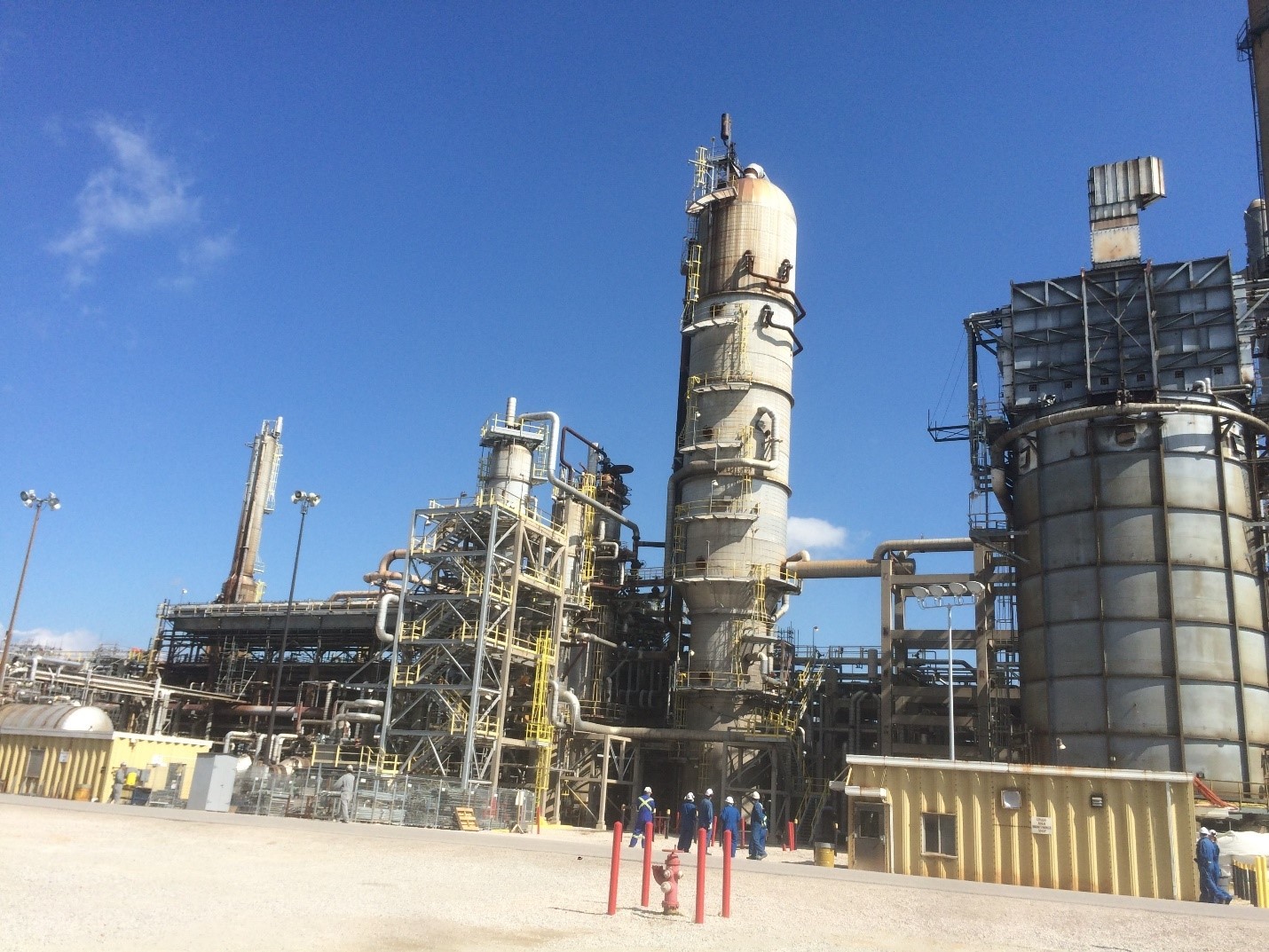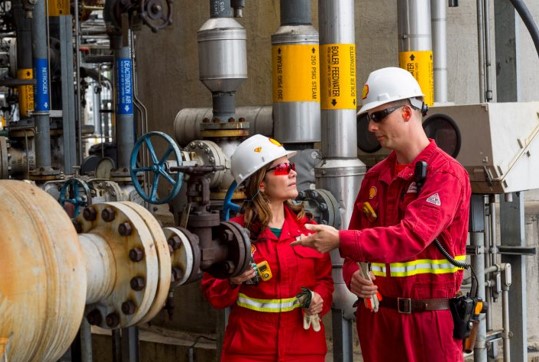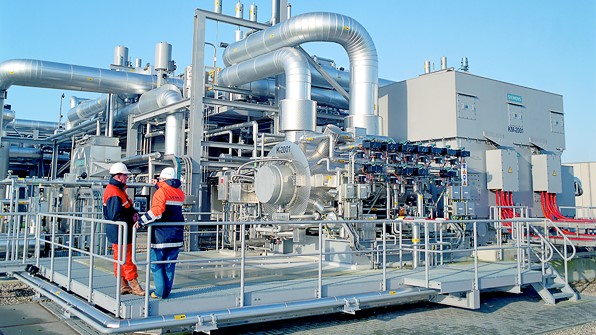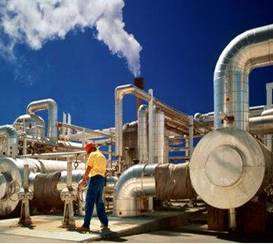COURSE OVERVIEW
PE0420-2D : Amine Gas Treating

OVERVIEW
| COURSE TITLE | : | PE0420-2D : Amine Gas Treating |
| COURSE DATE | : | Nov 10 - Nov 11 2025 |
| DURATION | : | 2 Days |
| INSTRUCTOR | : | Mr. Mervyn Frampton |
| VENUE | : | Abu Dhabi, UAE |
| COURSE FEE | : | $ 2750 |
| Request For Course Outline | ||
Course Description
This practical and highly-interactive course includes real-life case studies and exercises where participants will be engaged in a series of interactive small groups and class workshops.
Hydrogen sulfide, carbon dioxide, mercaptans and other contaminants are often found in natural gas streams. H2S is a highly toxic gas that is corrosive to carbon steels. CO2 is also corrosive to equipment and reduces the Btu value of gas. Gas sweetening processes remove these contaminants so the gas is suitable for transportation and use.
The dramatic increase in the use of selective amines for gas sweetening has resulted from the inherent economic benefits including smaller equipment sizes, lower circulation rates, and higher overall amine concentration. Selective amines absorb H2S in the presence of CO2, either from thermodynamic solubility or kinetic effects. Mixtures containing selective amines can be formulated to allow a certain amount of CO2 to remain in the processed gas. Units designed with selective amines often have little margin for error with respect to plant capacity. Unfortunately, increases in the acid gas concentration or increases in throughput exceeding design can result in sweet gas which does not meet the CO2 specification.
Since adding additional equipment can be very expensive, variables such as increasing the amine concentration, using mixtures of amines, and varying the lean amine temperature affect amine sweetening were studied. These variables require little or no additional capital expenditure relative to other alternatives such as adding reboiler area or pumping capacity.
There are many methods that may be employed to remove acidic components (primarily H2S and CO2) from hydrocarbon streams. The available methods may be broadly categorized as those depending on chemical reaction, absorption, or adsorption. Many of the processes result in acid gas streams that contain H2S that may be flared, incinerated, injected or fed to a Sulphur Recovery Unit.
This course presents a complete and up-to-date overview of the Amine Gas Sweetening, and Sulphur Recovery. The process flow sheets of several Sweetening and Sulphur Recovery Processes will be used to illustrate how the various operations differ. The advantages, limitations, and range of applicability of each process will be discussed so that its selection and integration into the overall plant is fully understood and appreciated.
link to course overview PDF
TRAINING METHODOLOGY
This interactive training course includes the following training methodologies:
LecturesPractical Workshops & Work Presentations
Hands-on Practical Exercises & Case Studies
Simulators (Hardware & Software) & Videos
In an unlikely event, the course instructor may modify the above training methodology for technical reasons.
VIRTUAL TRAINING (IF APPLICABLE)
If this course is delivered online as a Virtual Training, the following limitations will be applicable:
| Certificates | : | Only soft copy certificates will be issued |
| Training Materials | : | Only soft copy materials will be issued |
| Training Methodology | : | 80% theory, 20% practical |
| Training Program | : | 4 hours per day, from 09:30 to 13:30 |
RELATED COURSES

PE0390 : Distillation Design, Operation, Control & Troubleshooting
- Date: Jan 11 - Jan 15 / 3 Days
- Location: Dubai, UAE
- Course Details Register

PE0640 : Troubleshooting Process Operations
- Date: Jan 11 - Jan 15 / 3 Days
- Location: Cairo, Egypt
- Course Details Register

PE0114 : Process Plant Troubleshooting & Engineering Problem Solving
- Date: Jan 11 - Jan 15 / 3 Days
- Location: Cairo, Egypt
- Course Details Register

PE0230 : Process Plant Startup, Commissioning & Troubleshooting
- Date: Jan 08 - Jan 12 / 3 Days
- Location: Istanbul, Turkey
- Course Details Register
